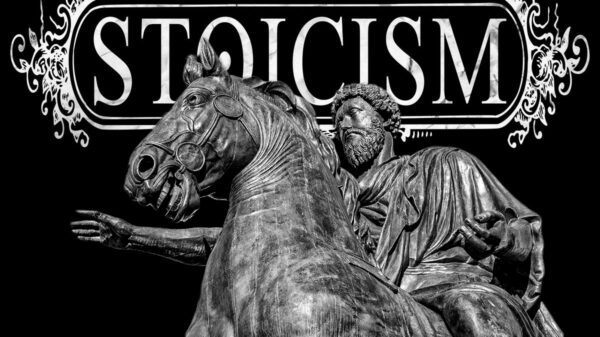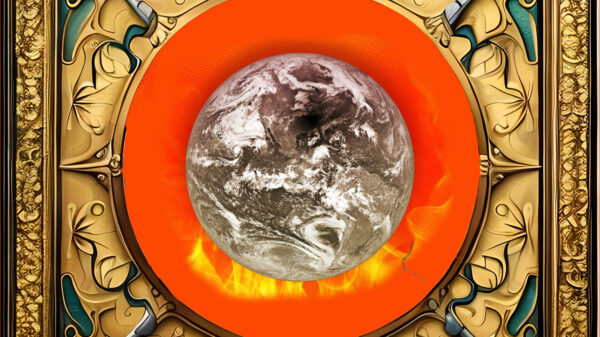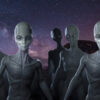Gentle holistic healing approach
Craniosacral therapy (CST) is a holistic healing practice that focuses on the craniosacral system, which includes the bones, fluids, and soft tissues of the head and spinal cord. CST is based on the belief that this system is connected to the body’s natural healing process and that by working with it, practitioners can help to alleviate a wide range of health problems. In this article, we will explore the science behind the health and wellness benefits of craniosacral therapy.
The craniosacral system is made up of the bones of the skull, the spinal cord, and the cerebrospinal fluid that surrounds and nourish the brain and spinal cord. The system is in constant motion, and practitioners of CST believe that this motion is connected to the body’s natural healing process. By working with this system, practitioners of CST believe that they can help to alleviate a wide range of health problems.
CST is based on the concept of the “craniosacral rhythm,” which is the subtle movement of the craniosacral system. Practitioners of CST use a light touch to feel this rhythm and then use gentle techniques to release restrictions in the system. This can help to improve the flow of cerebrospinal fluid and release tension in the head and spinal cord.
What to expect in a CST session
During a session of Craniosacral therapy (CST), the practitioner will typically begin by taking a thorough medical history and discussing the patient’s current health concerns. The practitioner will then use a light touch to feel the craniosacral rhythm, which is the subtle movement of the craniosacral system. This is done by placing their hands on the patient’s head, spine, and sacrum (the triangular bone at the base of the spine).
The practitioner will then use gentle techniques to release restrictions in the system. This can include gently holding specific areas of the patient’s head, spine, or sacrum, or using subtle movements to manipulate the bones of the skull. The practitioner will also use techniques to release tension in the soft tissues and fascia (connective tissue) in the head and neck.
During the session, the patient will typically be fully clothed and may lie down on a massage table or sit in a chair. The session can last anywhere from 30 minutes to an hour, depending on the patient’s needs. The practitioner may also give the patient some self-care techniques to practice at home between sessions.
The therapist will work at the patient’s comfort level, and the patient is free to stop the session at any point if they feel uncomfortable. Many patients report feeling a sense of relaxation and calm during and after the session, and some may also experience a reduction in pain or discomfort.
Studies and effectiveness examples
Research has shown that CST can be effective in treating a wide range of health conditions, including headaches, migraines, chronic pain, and stress-related disorders. One study published in the Journal of Bodywork and Movement Therapies found that CST was effective in reducing chronic tension headaches. The study participants who received CST experienced a significant reduction in headache frequency and intensity.
One example is a case study published in the International Journal of Osteopathic Medicine, which reported that a woman who had been suffering from chronic tension headaches for over 10 years experienced significant improvement after receiving CST. After receiving six sessions of CST, the woman reported a significant reduction in the frequency and intensity of her headaches, as well as an improvement in her overall quality of life.
Another example is a case study published in the Journal of Bodywork and Movement Therapies, which reported that a man who had been suffering from migraines for over 20 years experienced significant improvement after receiving CST. After receiving 12 sessions of CST, the man reported a significant reduction in the frequency and intensity of his migraines, as well as an improvement in his overall quality of life.
Additionally, a study published in the Journal of Bodywork and Movement Therapies found that CST was effective in reducing chronic tension headaches. The study participants who received CST experienced a significant reduction in headache frequency and intensity.
Another study, published in the Journal of Alternative and Complementary Medicine, found that CST was effective in reducing pain and improving function in patients with fibromyalgia. The study participants who received CST experienced a significant reduction in pain, fatigue, and stiffness, and an improvement in overall function.
A systematic review published in the International Journal of Osteopathic Medicine, found that CST may be effective in reducing pain, improving range of motion and reducing disability in patients with low back pain.
While the scientific evidence for the benefits of CST is still limited, and more research is needed to fully understand the mechanisms by which it works, the studies mentioned above suggest that CST may be beneficial in reducing pain and improving function in certain conditions.
It is important to note that CST is not a substitute for medical care and should be used as a complementary therapy in conjunction with conventional treatments. It is recommended to consult with a qualified practitioner for a proper diagnosis and treatment plan.
How to find a qualified practitioner
Finding a qualified practitioner for Craniosacral therapy (CST) can be important to ensure that you receive safe and effective treatment. Here are some tips to help you find a qualified practitioner:
- Look for a practitioner who is certified by the Upledger Institute or the Craniosacral Therapy Association of North America. These organizations require practitioners to meet certain educational and experience standards before they can become certified.
- Ask the practitioner about their qualifications and experience. A qualified practitioner should have completed a formal training program in CST and have experience treating patients with similar conditions to yours.
- Look for a practitioner who is licensed and/or certified by their state and/or professional organization. This can help ensure that the practitioner has met certain educational and experience standards and is held to a code of ethics.
- Ask for recommendations from healthcare professionals you trust, such as your primary care physician, chiropractor, physical therapist or massage therapist.
- Look for practitioner’s reviews from other patients who have had similar conditions to yours. This will give you an idea of the practitioner’s experience and effectiveness.
- Be sure to ask about the practitioner’s policies, fees and insurance coverage options.
- Always make sure to communicate your needs and preferences with the practitioner, and if anything makes you uncomfortable or if you don’t feel comfortable with the practitioner, don’t hesitate to find another practitioner.
To sum up the above: Craniosacral therapy is a holistic healing practice that focuses on the craniosacral system, which is believed to be connected to the body’s natural healing process. Research suggests that CST may be effective in reducing pain and improving function in certain conditions, however more research is needed to fully understand the mechanisms by which it works.
Please help keep us publishing the content you love
Informinx may receive a small commission based on any purchases made by following links from this page
Comments
0 comments
























